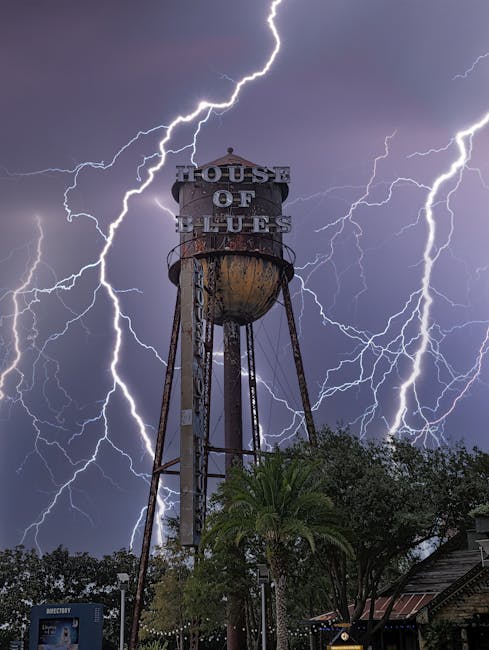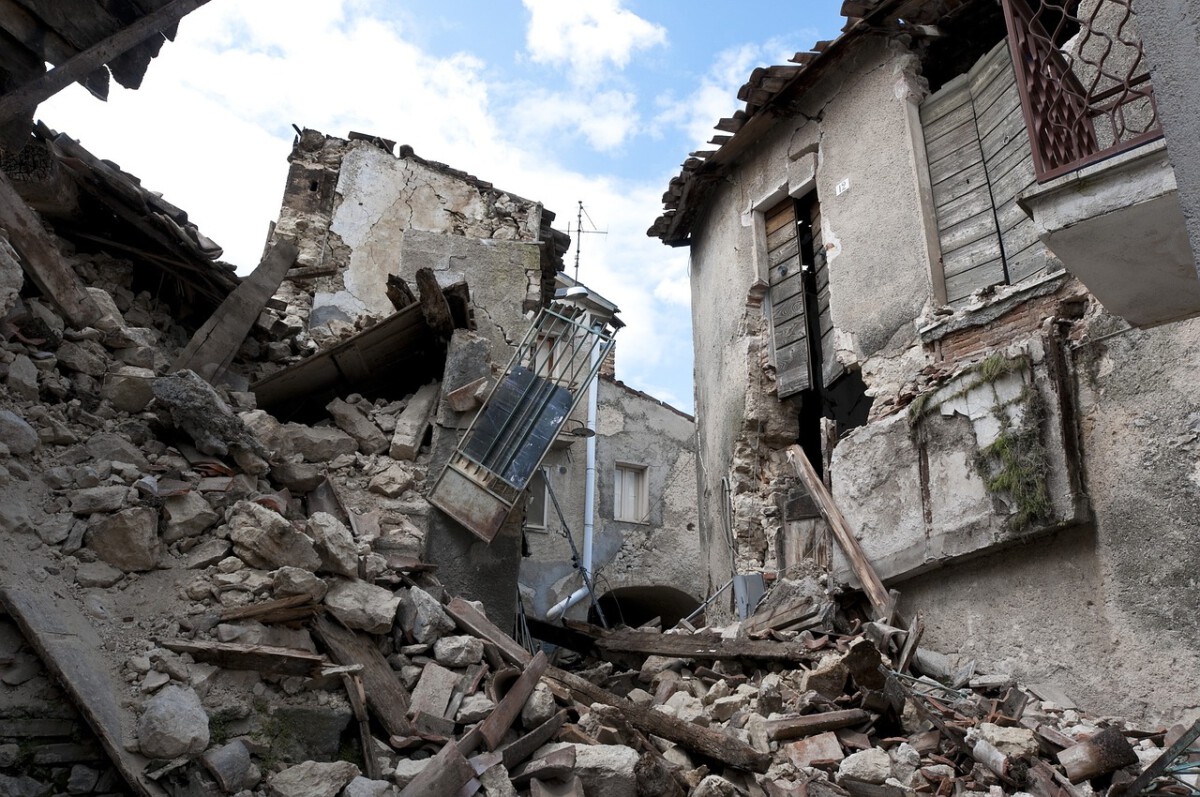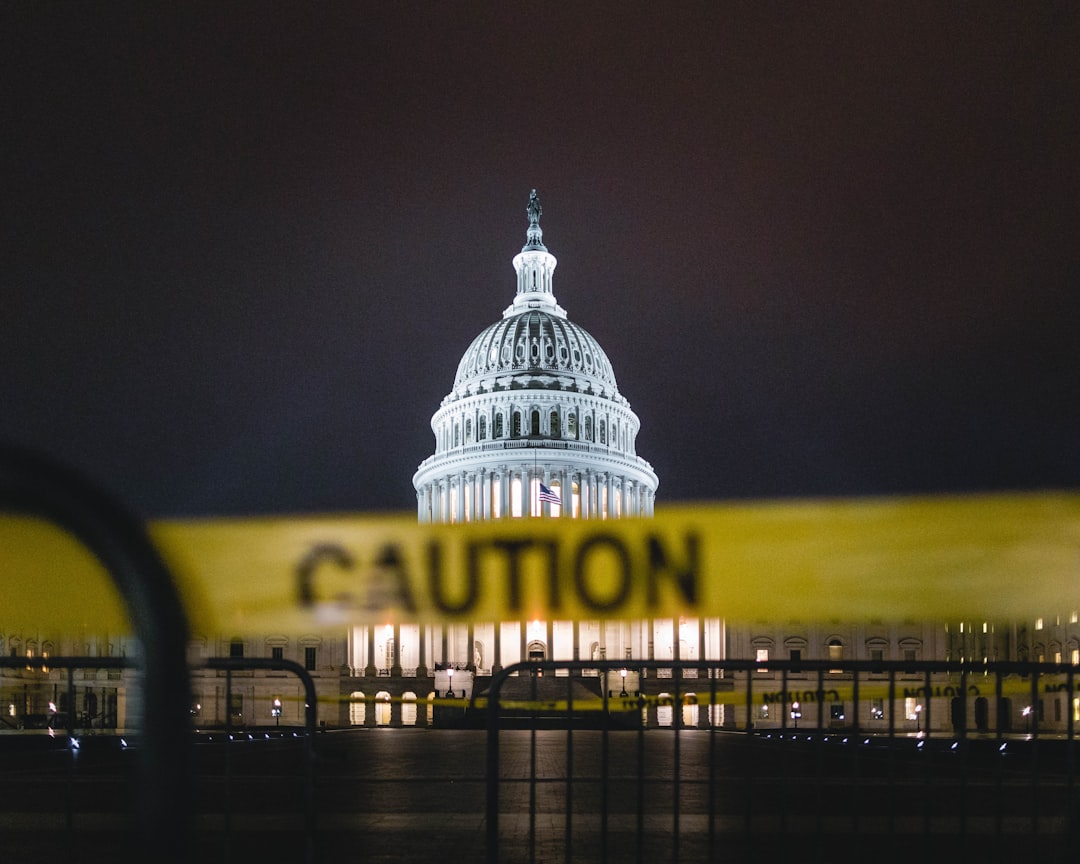Introduction to Lightning Strikes in the U.S.

Lightning is one of nature’s most electrifying phenomena, captivating and terrifying in equal measure. In the United States, lightning does not strike uniformly; some states are more prone to these dazzling discharges than others. Understanding where lightning strikes occur most frequently helps in assessing risks and enhancing safety measures. This article delves into the state that holds the title for the highest incidence of lightning strikes, examining the reasons behind it and the scientific principles that explain this natural spectacle.
Florida: The Lightning Capital of the U.S.

Florida is the undisputed lightning champion of the United States, experiencing more strikes than any other state. According to the National Weather Service, the Sunshine State witnesses an astounding 1.45 million lightning strikes annually. This equates to roughly 10.5 strikes per square mile each year, cementing its status as the most lightning-prone region. The state’s warm climate, abundant moisture, and frequent thunderstorms create a perfect storm for lightning activity, making it a fascinating yet hazardous place to reside.
Why Does Florida Experience So Much Lightning?

A combination of geographical and meteorological factors contributes to Florida’s reputation as the lightning capital:
– **Geographic Location**: Positioned close to the equator, Florida receives more sunlight, which heats the atmosphere and fosters conditions ideal for thunderstorms.
– **Humidity**: The state’s proximity to large bodies of water such as the Atlantic Ocean and the Gulf of Mexico ensures a steady supply of moisture, which is crucial for thunderstorm development.
– **Topography**: Florida’s relatively flat terrain allows warm, moist air to move freely, increasing the likelihood of thunderstorm formation.
The Science of Lightning

Lightning is an electrifying event that occurs during thunderstorms, caused by the buildup of electrical charges within a cloud. When the difference in charge becomes excessive, a discharge occurs, manifesting as a flash of lightning. Key concepts in understanding lightning include:
– **Charge Separation**: Within a thunderstorm, colliding ice particles lead to a separation of positive and negative charges, setting the stage for lightning.
– **Leader and Return Stroke**: Lightning proceeds in two stages: the leader, a channel of ionized air descending from the cloud, and the return stroke, the brilliant flash traveling back to the cloud.
– **Thunder**: The thunderous sound accompanying lightning is due to the rapid expansion of air heated by the strike, creating a shockwave that we perceive as thunder.
The Dangers of Lightning Strikes

Lightning poses significant dangers to both life and property. The National Oceanic and Atmospheric Administration (NOAA) reports that lightning kills an average of 20 people each year in the U.S. Thousands more suffer injuries, while lightning can inflict considerable damage on buildings and infrastructure. These statistics highlight the need for awareness and precaution during thunderstorms.
Safety Tips During Thunderstorms

Adhering to safety guidelines during thunderstorms can significantly reduce the risks associated with lightning:
– **Seek Shelter**: At the first sound of thunder, seek shelter indoors promptly. Avoid open fields, tall trees, and metal objects.
– **Stay Away from Water**: Water is an excellent conductor of electricity, so refrain from swimming or boating during a storm.
– **Wait for the All-Clear**: Wait at least 30 minutes after the last thunderclap before venturing out of your shelter.
The Role of Climate Change

Climate change is expected to alter weather patterns, including the frequency and intensity of thunderstorms. Rising temperatures can lead to increased evaporation and atmospheric moisture, potentially resulting in more frequent lightning strikes. Research suggests that as the climate continues to evolve, areas currently experiencing less lightning may witness an increase in strikes.
Lightning Detection and Research

Technological advancements have enhanced our ability to detect and study lightning. Lightning detection networks utilize ground-based sensors to monitor lightning activity in real-time, providing crucial data for understanding patterns and improving safety measures. Researchers are also investigating lightning’s effects on the environment, including its role in nitrogen fixation and its impact on ecosystems.
Conclusion

Florida’s distinction as the lightning capital of the U.S. is well-earned, with its unique blend of geographic and climatic factors leading to a high frequency of strikes. Grasping the science behind lightning and the associated risks is vital for ensuring safety. As climate change continues to influence weather patterns, ongoing research will be essential in predicting and mitigating the impacts of lightning strikes in the future. By following safety guidelines and staying informed, individuals can better protect themselves during thunderstorms.









